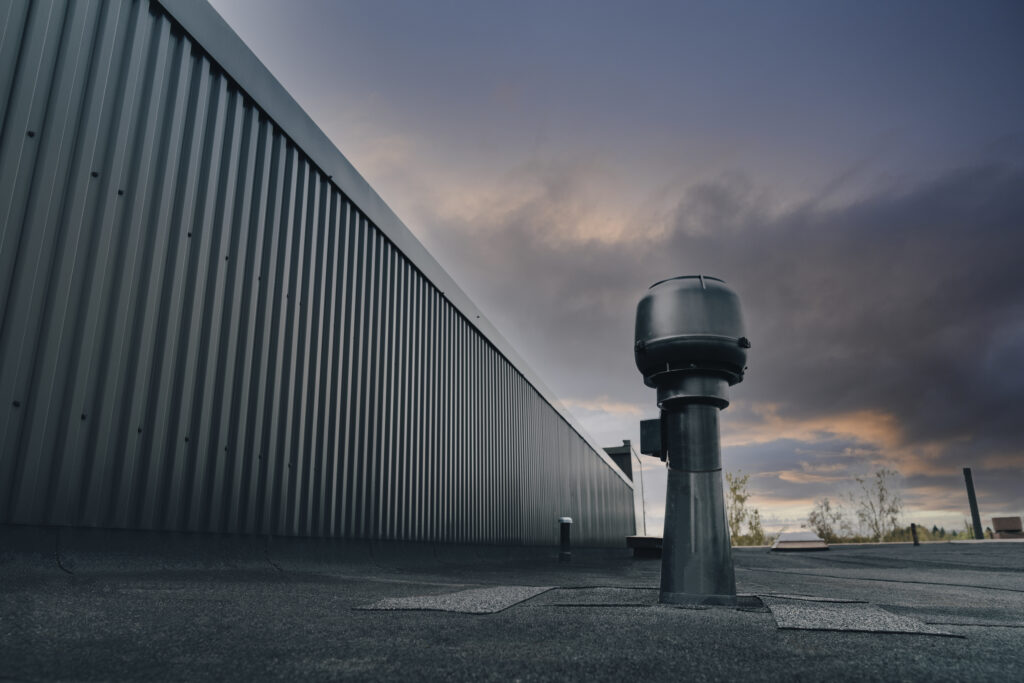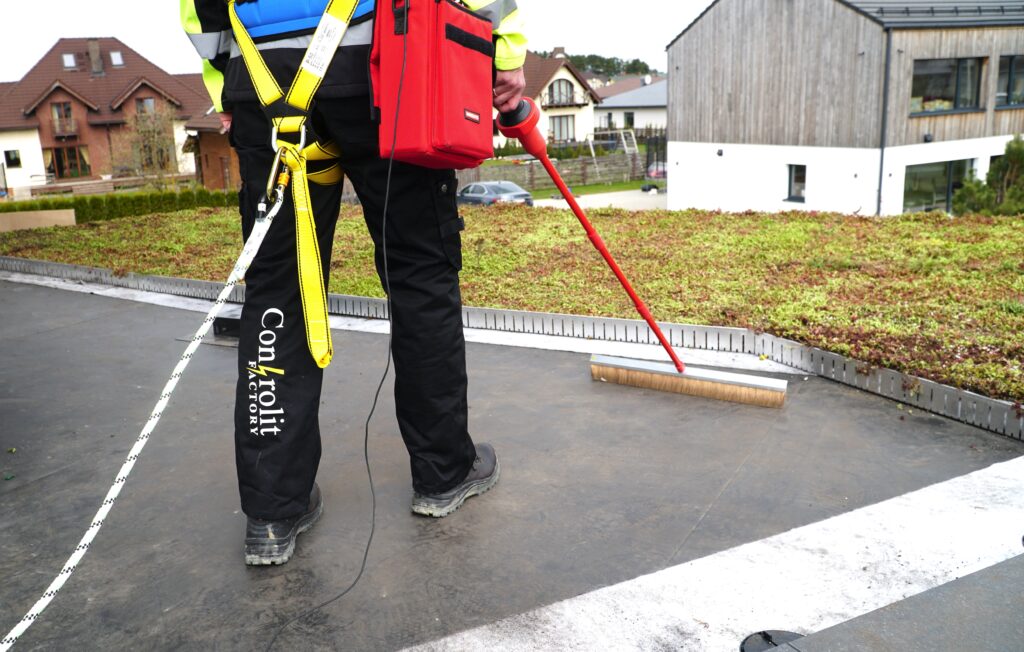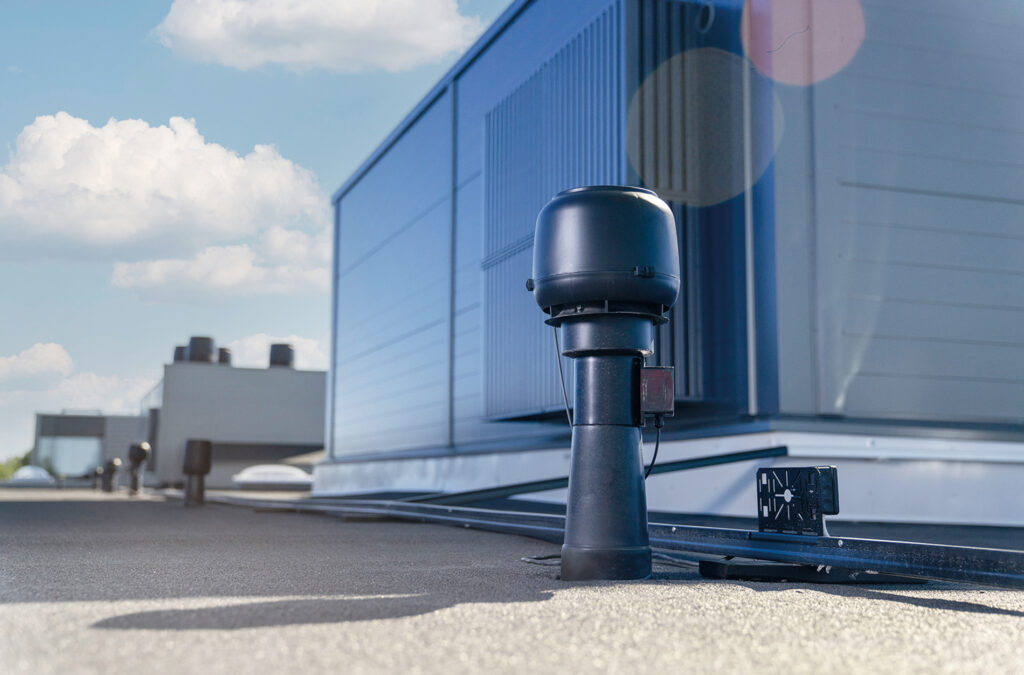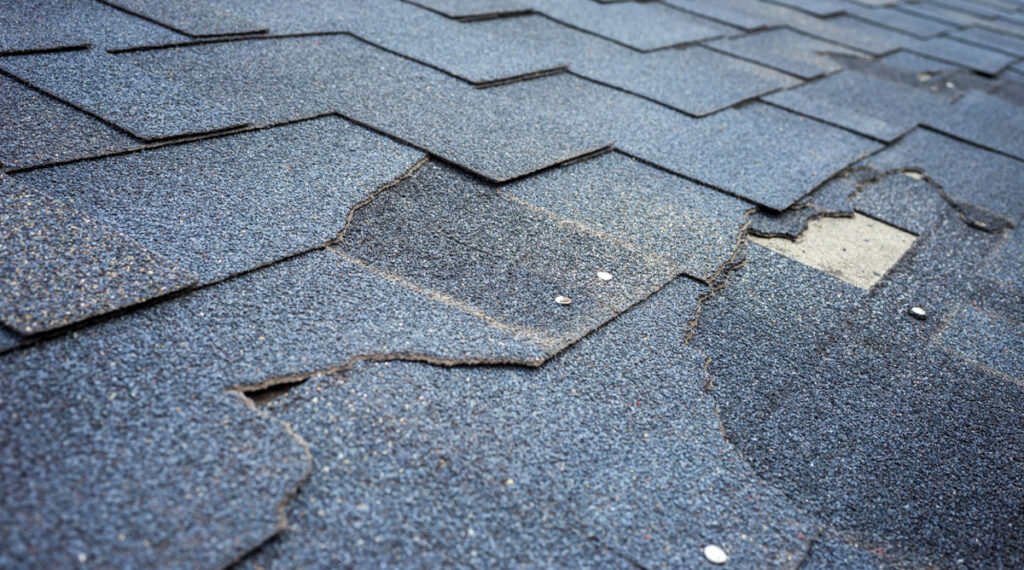Breaking taboos about roofing: A new roof can have hundreds of minor blemishes, none of which are necessarily a sign of poor work

Roofs are prone to sustain a small amount of damage in the waterproof membrane. Holes are also common in both new and older roofs, and the culprit is usually human error rather than bad work. Because even minor damage can cause severe problems, however, it is essential to detect and fix any blemishes quickly. Solutions based upon the latest technology are now available to ensure close supervision of a roof’s state at all times.
Water damage, leakages and holes in the roof are problems that are all too common for people working in roofing, as well as property owners. In fact, they are so common—even in new roofs—that they should be considered normal and nothing to be ashamed of. Kristaps Draudins, the Managing Director at Controlit Factory SIA, has several years of experience combating holes in roofs. Controlit is a Latvian company manufacturing smart roof underlays that help to locate these holes:
“The very large majority of new roofs have holes in them. In a recent project, we found 150 defects in the new roof and that is not uncommon. In the past 5 years, I can count on one hand the number of roofs produced that did not have any damage at all”, says Draudins.
Draudins explains that the number of damage present in roofs varies a great deal between buildings. According to Draudins, the size of the roof is not related to the number of defects it may contain. Rather, the likelihood of problems is linked to the number of people working on the roof and the time they spend on its construction. Another critical factor is the number of products and the amount of equipment on the roof: the more of this there is, the bigger the risks.
According to Draudins, the presence of defects in new roofs is neither a secret nor a surprise among roofers or real estate owners. The taboo of holes in new roofs has already been broken, and most people in the industry understand that this sort of damage is unavoidable:
“People must realize that nobody is to be blamed for this kind of damage: it is not as though people are causing it intentionally. The way to see this is that these things happen, and a certain level of damage is very difficult to prevent. I do think that people in the business already realize this, and in my experience, roofers do not mind their roofs being inspected with our equipment. We have many roofers as clients, and they use our solution to find damage and save their own time and money”, says Draudins.
Human factor causes holes
The majority of damage on a new roof is caused by human error, but sometimes other factors, such as weather, play a part. In Draudins’s experience, most damage on a roof occurs during the construction phase.
Draudins classifies holes under two categories: puncture damage and poorly welded seams. Puncture damage consists of holes caused by an object which punctures through the roof membrane. This occurs when someone—for example—steps on a nail, and is most common in new roofs. However, poorly welded seams tend to be noticed a bit later.
Even though some roof damage is impossible to detect with the naked eye, it can still cause a great deal of trouble:
“In heavy rain, a needle-sized hole will let 3 litres of water in. You can imagine how much damage can occur if you have several of these holes in one roof”, says Draudins.
Smart roofs are designed to automatically detect holes and prevent humidity damage
Fortunately, the latest technology allows for better control and protection from the threats that holes or moisture can pose. The Controlit solution is designed to locate holes in the waterproof membrane of a roof: the system works so that an electrically conductive material is installed under the waterproofing layer. When conducting inspections by sweeping the roof with special equipment, the system will locate even hard-to-find holes so they can be fixed and moisture damage prevented:
“We recommend one or two initial inspections for new roofs. After that, you might want to inspect the roof once a year at the minimum. We have clients with sensitive and expensive equipment in the building, and they typically want to inspect the roof every 3 months as well as after every time somebody has been on the roof. It really depends on the client”, says Draudins.

Draudins explains that Controlit locates holes in the roof membrane, but it does not detect moisture. Therefore, if time passes between inspections, new holes that emerge between inspections can go unnoticed and there is an increased risk of leakage. Additionally, Controlit does not detect moisture damage which is caused by factors other than holes in the membrane—such as condensation. To combat this problem, the Controlit system can be combined with the VILPE Sense solution. In contrast to Controlit, VILPE Sense is a moisture-detecting system which immediately alerts the user to increased moisture within a structure so that the roof can then be inspected. Moreover, because VILPE Sense is connected to a roof fan, the system also dries the insulation layer when necessary, thus providing first aid for leakages and also preventing moisture damage caused by natural phenomena such as humid weather
“A smart roof benefits everybody. For the real estate owner, there are significant sums of money and time to be saved in terms of inspections and renovations”, says Draudins.

Read more:




